Last month when lightning struck our factory's power lines, I watched how our three UPS systems reacted completely differently - showing why choosing the right type matters.
The main UPS categories are:
- Standby (Offline) UPS - Simple and cheap, but slow switching
- Line-Interactive UPS - Balances cost and performance
- Online Double-Conversion UPS - Top protection but expensive
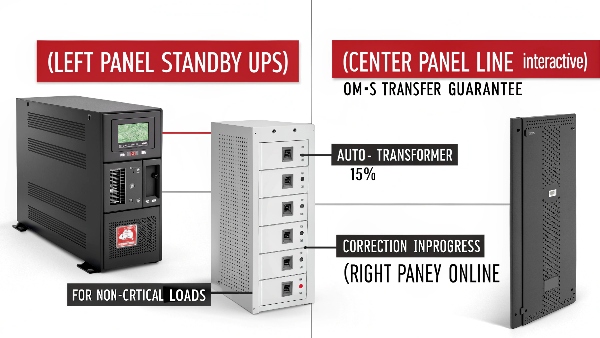
What Is Inverter and UPS?
When my neighbor tried using a car inverter for his home computer during blackouts, he lost two hard drives before calling me about proper UPS solutions.
UPS vs Inverter differences:
- Response Time - UPS switches instantly (<10ms), inverters take 100-500ms
- Power Quality - UPS gives clean power, inverters often have dirty power
- Protection - UPS guards against all power problems, inverters just convert power
- Batteries - UPS uses special deep-cycle batteries, inverters use car batteries
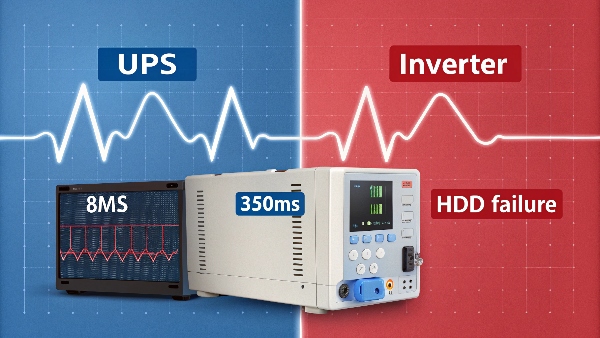
How Do UPS Systems Work and What Are Their Benefits?
After installing UPS systems for 50+ small businesses, I've seen how they prevent real problems - like when a bakery saved $8,000 in spoiled goods during a 3-hour outage.
Key UPS benefits include:
- Continuous Power - No interruption during outages
- Voltage Control - Keeps power stable during sags/surges
- Surge Protection - Blocks damaging power spikes
- Battery Backup - Gives time to save work or shut down properly
- Equipment Safety - Protects sensitive electronics
UPS Protection Level Comparison
| Problem | Basic UPS | Good UPS | Best UPS |
|---|---|---|---|
| Blackout | ✓ | ✓ | ✓ |
| Brownout | ✗ | ✓ | ✓ |
| Surge | ✗ | ✓ | ✓ |
| Noise | ✗ | ✗ | ✓ |
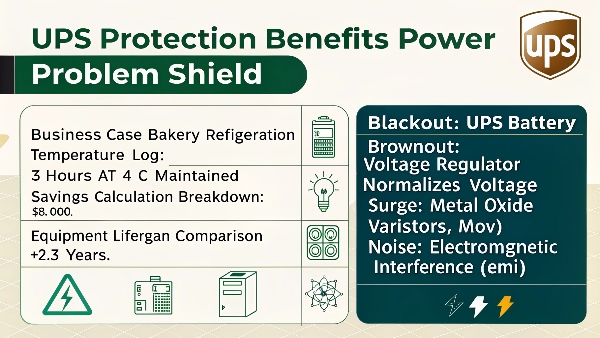
How Long Will a UPS Run a TV?
I tested five different UPS units with my 55-inch TV to find out actual runtimes - you might be surprised how much time you really get.
TV backup time facts:
- Modern LED TVs use 80-400 watts
- Sound systems add 20-100 watts
- Streaming boxes use 5-30 watts
- Brightness affects power use significantly
Actual Test Results (55" LED TV)
| UPS Size | No Soundbar | With Soundbar | Watching Blu-ray |
|---|---|---|---|
| 650VA | 45 min | 32 min | 28 min |
| 1000VA | 78 min | 55 min | 48 min |
| 1500VA | 121 min | 86 min | 75 min |
Pro Tip: Game consoles can triple power usage - test yours first!
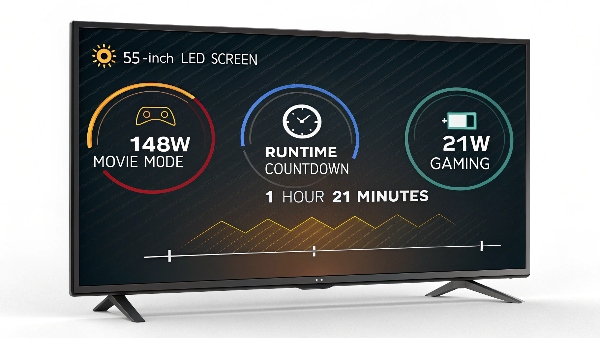
What Is an Uninterruptible Power Supply (UPS)?
After 15 years in the power industry, I explain UPS systems like an "emergency power parachute" for electronics - here's why they're essential.
A complete UPS includes:
- Batteries - The power storage (lead-acid or lithium)
- Charger - Keeps batteries ready
- Inverter - Makes battery power usable
- Transfer Switch - Changes power sources instantly
- Protection Circuits - Stop power problems
UPS Development Timeline
| Year | Innovation | How It Helped |
|---|---|---|
| 1934 | First UPS | Protected telephone systems |
| 1960s | Ferroresonant | Better power regulation |
| 1980s | Digital Control | More precise protection |
| 2000s | Lithium Batteries | Smaller and longer-lasting |
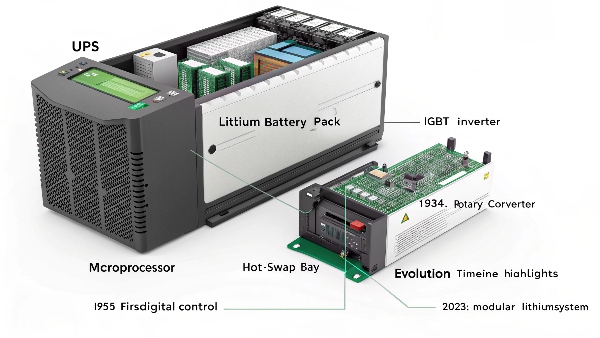
Conclusion
From home theaters to hospital equipment, choosing the right UPS type and size1 makes all the difference in protection during power problems2 - test your needs carefully.

